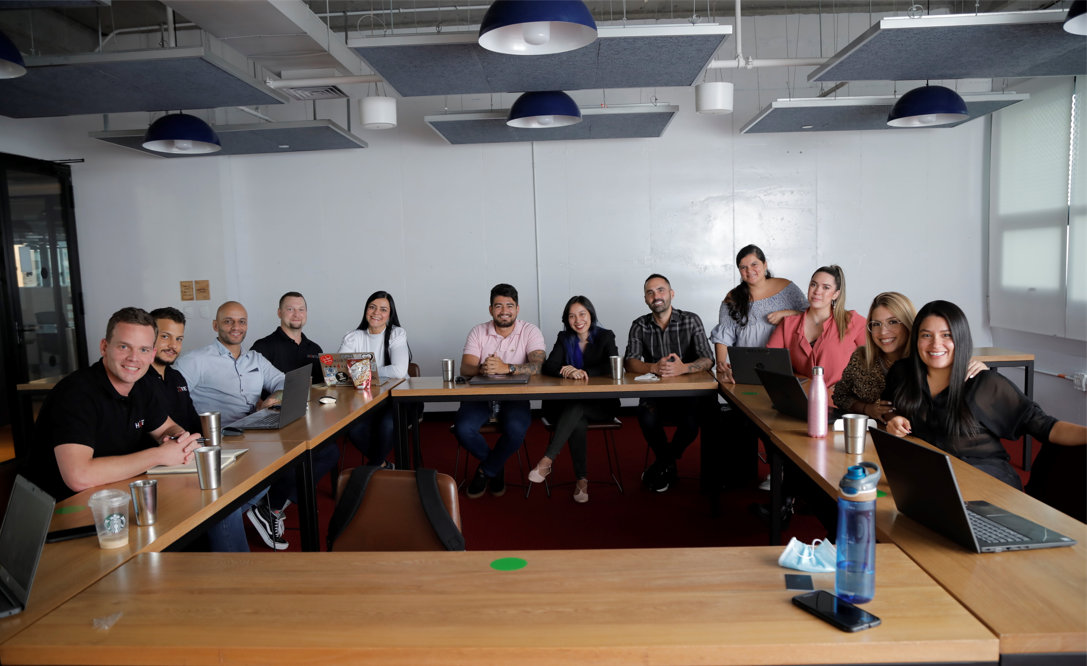Written By: TMSA Staff | Jan 5, 2022 12:00:00 AM
This article was written by Hubtek, a tech-enabled talent solutions provider for transportation companies.
Step 1: Search
This begins with the right profile of your team's top performers and the people you need in order to drive growth in your organization. Assess the strengths of your current team with a discerning eye towards any gaps that may exist - across both skills and personality. These profiles serve as a benchmark for the talent required to take the next step(s) in your organizational growth.
Recruitment of top talent requires a thoughtful plan and the utilization of a team to draw in the best options for your company. Externally, there needs to be a careful presentation of the roles and responsibilities of the position(s), while, at the same time, projecting the best representation of your organization through digital means - website and social media. (You are being interviewed with as much discernment as your candidates.)
Internally, there needs to be a process to effectively (and efficiently) identify, screen and progress candidates with transparency in your communication. A smooth forward cadence of activity presents a highly organized company that shows respect for the candidate's time and engagement. Define parameters like compensation, flexibility and development expectations at the onset, so decisions are not bogged down with problematic verification and follow up steps.
Job boards, recruiting firms and staffing solutions providers can all assist in finding top candidates and helping you to manage outreach and scope. As the market for talent continues to evolve, the more broad and flexible in sourcing you are, the more options to match your criteria are available. And remember, industry skills can be trained, while personality and internal qualities cannot. Be guided by the right fit (not a homogeneous fit, but a fit to fill the gaps that can be strengthened by diversity and differences in thought and experience).

Step 2: Organization
By analogy, your workforce are the machines that produce the services you deliver to your customer base. It is imperative to make sure that the machines are in proper working order and aligned to optimize production for external (service) and internal stakeholders (profitability).
The design and organization of your workforce plays an important role in its success. You must understand the skillset for each person and department to be able to capture the greatest value therein. For the team, itself, identify the competence, gifts and shortcomings to ensure proper decisions about hiring, training and transition. Very few people are great, or even good, at everything and they vary in their energy levels across the landscape of activity and tasks.
Too often, leaders accept the status quo (if it is easier and doesn’t seem too disruptive) versus self and team reflection. Talk to your team about where they excel and where they may struggle. This puzzle of optimal performance is an ever-changing unit that needs attention and encouragement. Regular, consistent and honest feedback and communication guides you towards improvement. Being able to pivot on people, services and activity can pay dividends upon your desired outcomes - better service and greater profitability.

Step 3: Accountability
Be cognizant and responsive to your customers (and their evolving needs), listen to your team and hold a mirror to your own leadership. No team exists in a vacuum of success and perpetual growth. Market, environmental and myriad other factors intrude on the team, both directly and indirectly, and affect its productivity.
Accountability to the organization, including its goals and strategy, serve everyone and everything within that organization. Tactical objectives need to be aligned with the overall company strategy to move the needle and provide intent-driven movement forward. Share how these actions and efforts roll into the entire organizational strategy so that each person on the team (no matter their role) understands how they contribute to that success.
Measurements and KPIs are based on true, data reinforced activity and results designed to create desired behaviors and decisions. Without real measurements based on data, assessments can become skewed by subjectivity and anecdotal conclusions. Clarity of expectation in the development of strategy, goals and OKR (Objectives and Key Results) leads to greater transparency for the entire team and how they impact the trajectory of the organization.
Once you have the team in place, spend time to calibrate - measure to move and improve.
If you are interested in joining Hubtek’s ProfitQuest Training Program or looking for more information, visit: https://gohubtek.com/profitquest.
Tags: Strategy

By Scott Grady, Senior Vice President, Landstar System, Inc. The Transportation Marketing and Sales Association (TMSA) has undergone a series of changes over the past three years and your Board of...